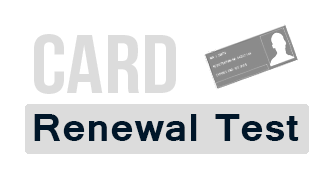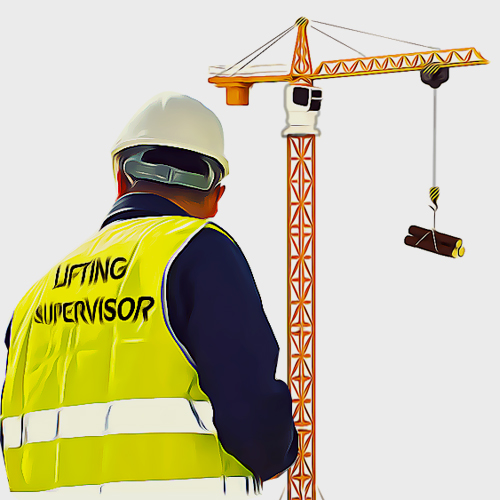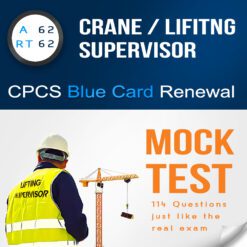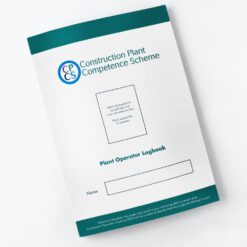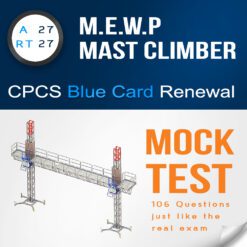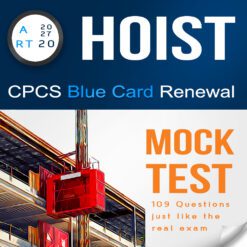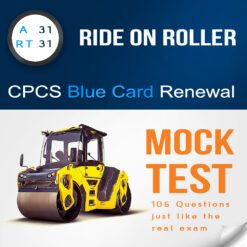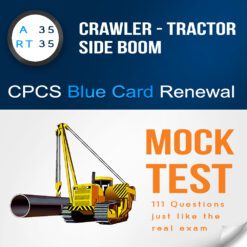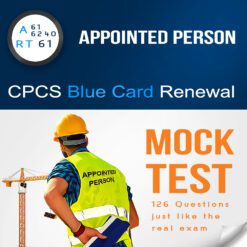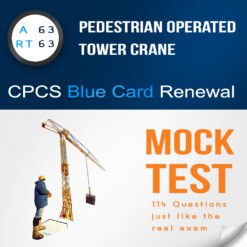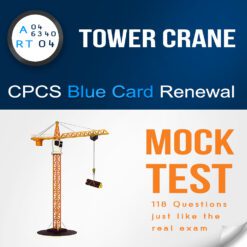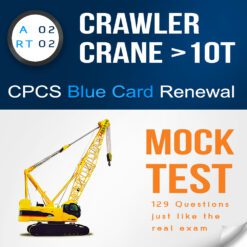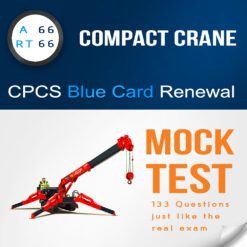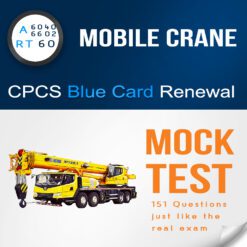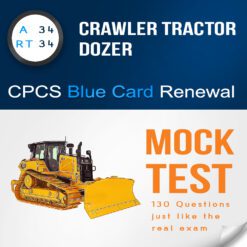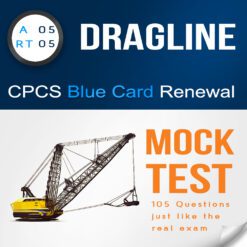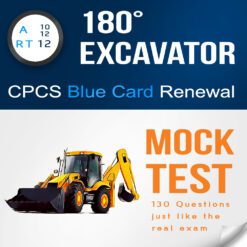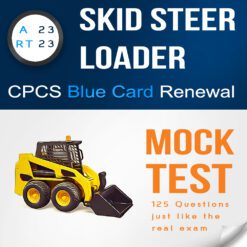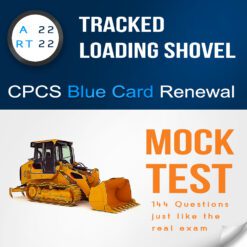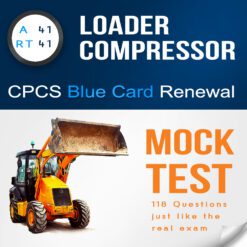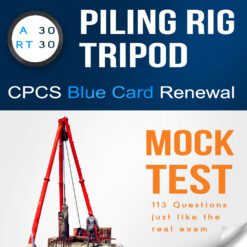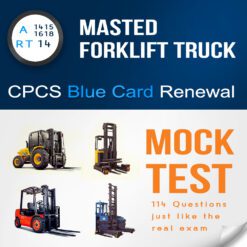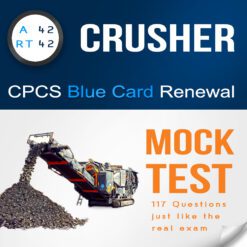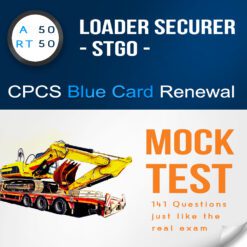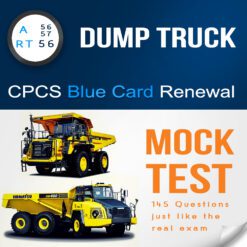1. Who is responsible for ensuring that RCIs are not overridden during lifting operations?
– A) Regulatory Inspector
– B) Maintenance Personnel
– C) Lift Supervisor
– D) Lifting Team
Correct Answer: C) Lift Supervisor
2. What does the rated capacity indicator (RCI) on LE/cranes primarily provide warnings for?
– A) Only when the load is being lifted
– B) When the operator is taking a break
– C) When the crane approaches and exceeds maximum rated capacity
– D) Only during specific weather conditions
Correct Answer: C) When the crane approaches and exceeds maximum rated capacity
3. Why is it important to provide ample opportunity for each member of the lifting team to ask questions?
– A) To prolong the briefing unnecessarily
– B) To improve the mood of the team members
– C) To make the briefing more interactive
– D) Team members may have noticed something incorrect or not taken into account
Correct Answer: D) Team members may have noticed something incorrect or not taken into account
4. What does SWL stand for in lifting operations?
– A) Standard Weight Limit
– B) Safe Working Load
– C) Service Weight Limit
– D) Suitable Workload Limit
Correct Answer: B) Safe Working Load
5. What types of lifting accessories (gear) are used?
– A) Chain slings, wire rope slings, and fibre-type webbing slings
– B) Only wire rope slings
– C) Only chain slings
– D) Only specialist equipment like lifting beams
Correct Answer: A) Chain slings, wire rope slings, and fibre-type webbing slings
6. What can insufficient factors of safety, deviation from the lifting plan, or errors in calculations lead to?
– A) Enhanced stability
– B) Instability and overturns of LE/cranes
– C) Improved ground support
– D) Increased efficiency in lifting operations
Correct Answer: B) Instability and overturns of LE/cranes
7. What typically happens to the Safe Working Load (SWL) of a pair of slings if the included angle exceeds 90 degrees?
– A) The SWL increases
– B) The SWL remains the same
– C) The SWL becomes variable
– D) The SWL can be greatly reduced
Correct Answer: D) The SWL can be greatly reduced
8. What is identified as one of the reasons for the instability and overturns of LE/cranes?
– A) Increased factors of safety
– B) Consistent adherence to the lifting plan
– C) Changes in operating conditions
– D) Ignoring ground support
Correct Answer: C) Changes in operating conditions
9. How does the role of a signaller differ from that of a load handler or slinger?
– A) Signallers handle the load, while slingers only signal
– B) Load handlers are responsible for signaling
– C) Signallers have no specific role
– D) Signaller is an additional role to that of a load handler or slinger
Correct Answer: D) Signaller is an additional role to that of a load handler or slinger
10. What does the plan need to ensure regarding specialist lifting accessories?
– A) The slingers have sufficient knowledge of the relevant attaching procedures
– B) The brand of the lifting accessories
– C) Only the weight of the load
– D) The names of the lift team members
Correct Answer: A) The slingers have sufficient knowledge of the relevant attaching procedures
11. What is emphasized as a measure to minimize many instability issues with LE/cranes?
– A) Ignoring ground support
– B) Proper siting and support
– C) Speeding up the lifting operation
– D) Delegating stability checks to the lift team
Correct Answer: B) Proper siting and support
12. Why does the lift supervisor need to check for trapping points around the machine in limited spaces?
– A) To create obstacles for the lifting operation
– B) To minimize efficiency
– C) To ensure there are no exclusion zones
– D) To reduce the risk of trapping incidents
Correct Answer: D) To reduce the risk of trapping incidents
13. What happens to the load in each leg of an accessory if the included leg angle is increased beyond 90 degrees?
– A) The load remains the same
– B) The load increases
– C) The load decreases
– D) The load becomes variable
Correct Answer: B) The load increases
14. Why does the open end of a chain sling hook need to be facing outward when being attached to a load?
– A) Aesthetic reasons
– B) Regulatory requirement
– C) Improve load grip
– D) Reduce the chance of a hook slipping out of the load’s lifting eye
Correct Answer: D) Reduce the chance of a hook slipping out of the load’s lifting eye
15. What is the purpose of ensuring that the master link can articulate freely when on the hook?
– A) To prevent damage to the hook of the LE/crane
– B) To meet regulatory requirements only
– C) To maximize the load in each leg of the sling
– D) To expedite the lifting operation
Correct Answer: A) To prevent damage to the hook of the LE/crane
A62,RT62,crane lifting operations supervisor,Citb,NOCN,CPCS,blue card renewal,mock test,theory,practice test,114 multiple choice questions,answers,PDF,RT62 crane,lifting operations,supervisor,Citb NOCN CPCS,blue card,mock test theory,practice test with questions,114 multiple choice,mock test answers

